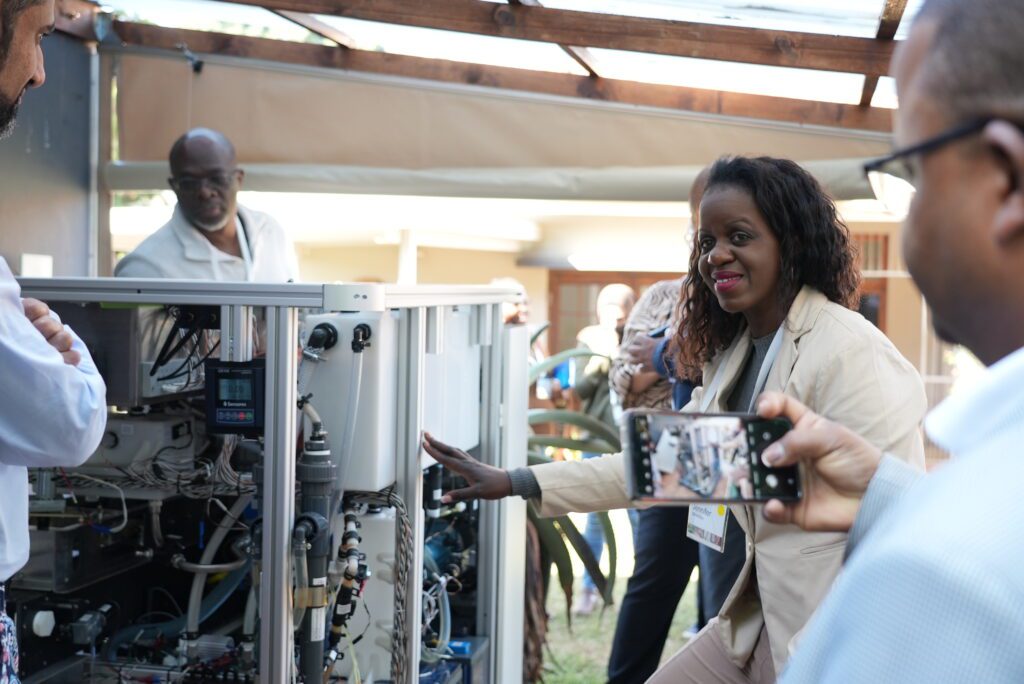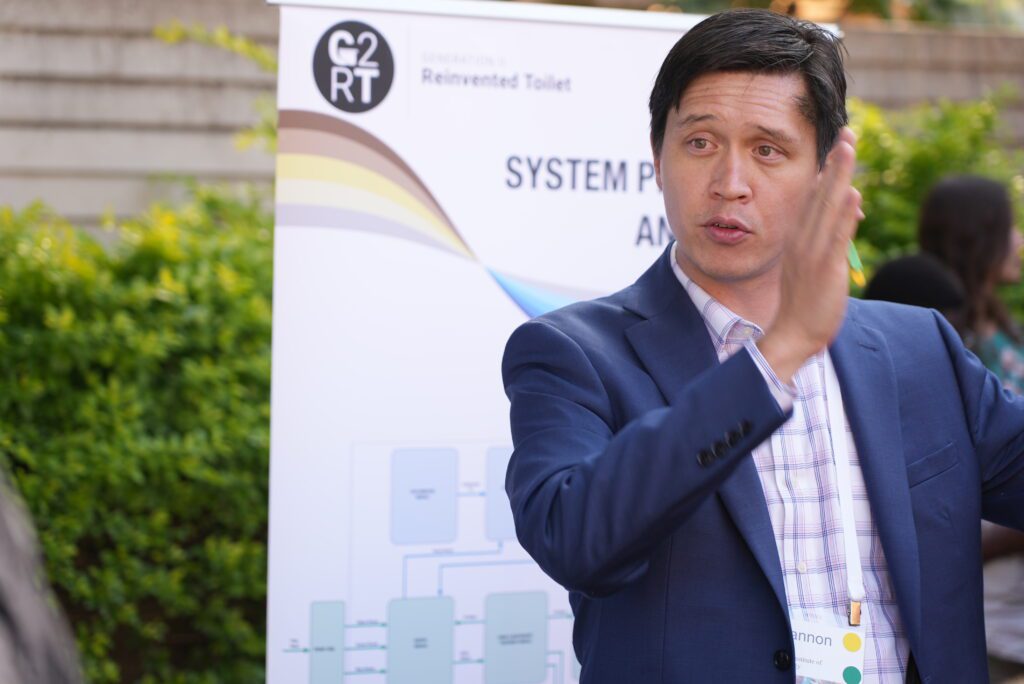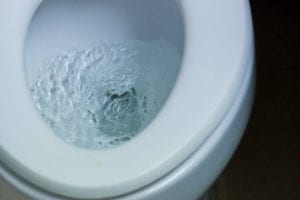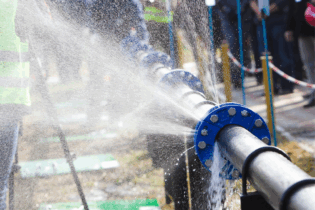Generation 2 Reinvented Toilet (G2RT) builds on the exceptional innovations developed during the original ‘Reinvent the Toilet’ challenge programme. Without inlet water or output sewer lines, G2RT is designed to be a new, affordable toilet. Could this be the solution to the world’s sanitation problems?
The current industry gold standard of sanitation is the flush toilet connected to waterborne systems. The other extreme is the ventilated pit latrine, which conjours up images of bad odours and flies, and is the anthesis of aspirational. But we can imagine a new industry that takes the best of both worlds – a standalone toilet system giving you the convenience of the flush toilet. A typical waterborne sanitation system uses flush toilets, kilometres of sewer piping, high-energy pump stations, and large wastewater treatment plants – requiring vast amounts of land, water and trillions of rand in infrastructure investment. The vision for G2RT is that it can essentially provide the same basic sanitation functions of those large, costly systems in a space no bigger than the toilet itself. This innovative self-contained system that can treat human waste safely in a house provides empowerment and ownership for the household. This brings back dignity to sanitation and offers an alternative to sewered networks. Indigent communities with no sewer system will no longer have to use toilets that offer an undignified experience. They will have their own toilet, and a better sense of responsibility and ownership for that toilet. This sense of ownership will shift the perception that government is 100% responsible for the provision of sanitation to a more shared responsibility between South Africa’s citizens, the government and the private sector. At a municipal level, engineers will be able to offer an alternative solution to developers and investors interested in growing new economic zones and creating jobs. But the biggest opportunity will be for businesses and investors seeking the transformative ‘Sanicorn’ opportunity as toilets such as these will revolutionise sanitation in the future.
The concept of G2RT is based on the premise of creating a wastewater treatment plant in a box, which safely treats faeces and recycles the water. The G2RT prototype has two parts: a front end, which looks like a typical flush toilet, and a back end, where the waste and water is processed.
When the toilet is flushed (with a small amount of water), the urine and faeces are separated. The urine and flush water go through a multistep liquid filtration process that produces clean water. This water is then recirculated to flush the toilet. Here, the faeces will get pasteurised, killing off all pathogens and eliminating odours before being pressed into cakes, which are then dried. These faeces cakes then fall into a receptacle that users can dispose of in the trash or compost. The waste itself is odourless and pathogen free.








